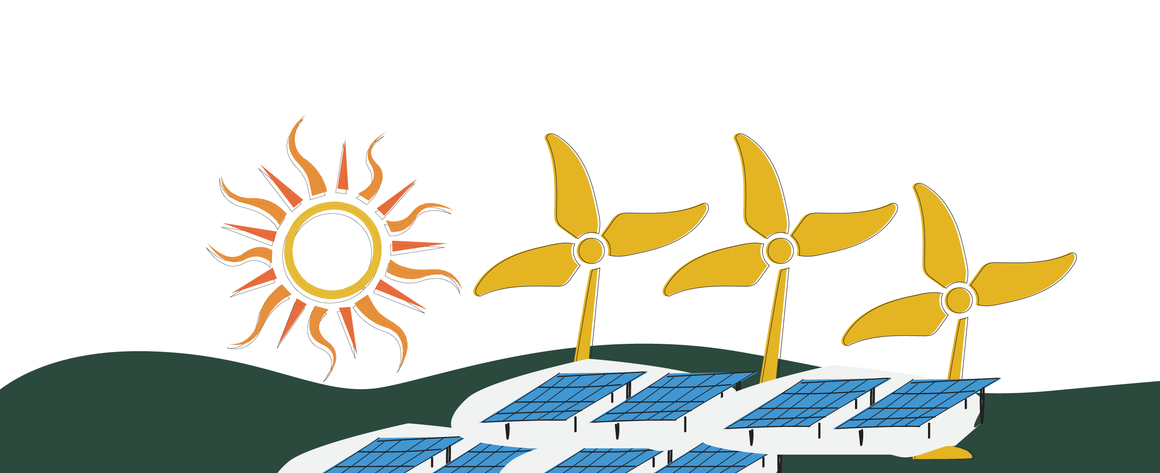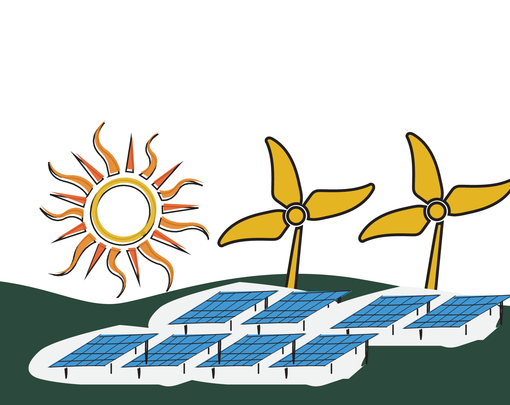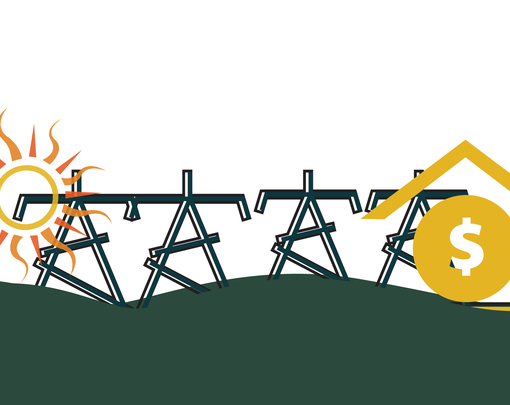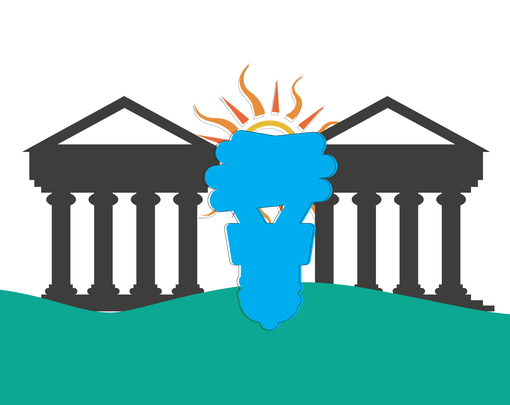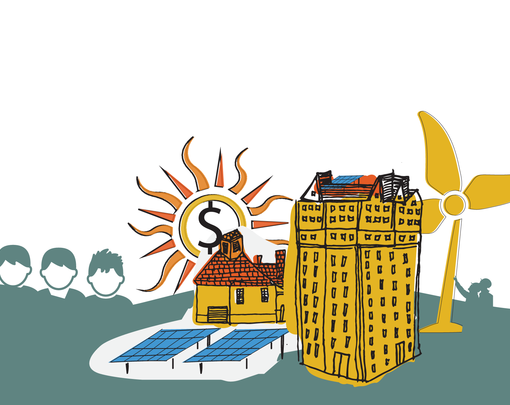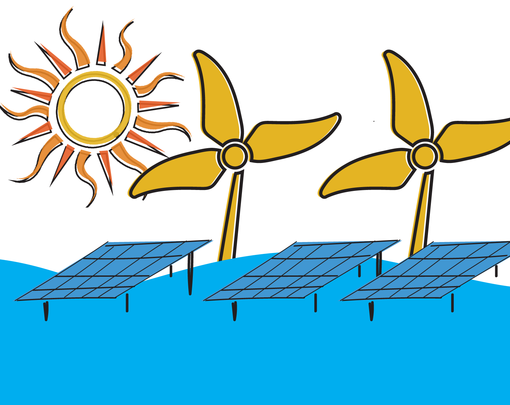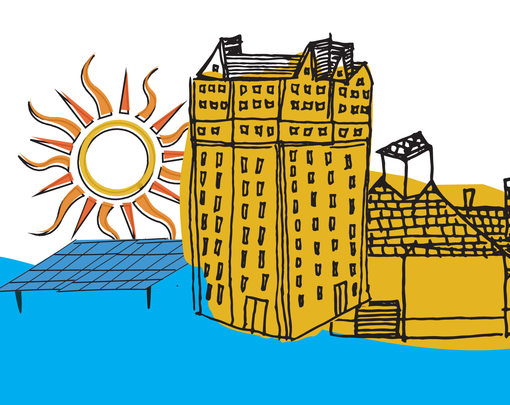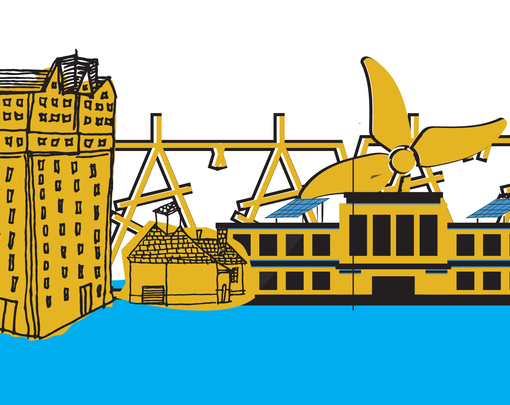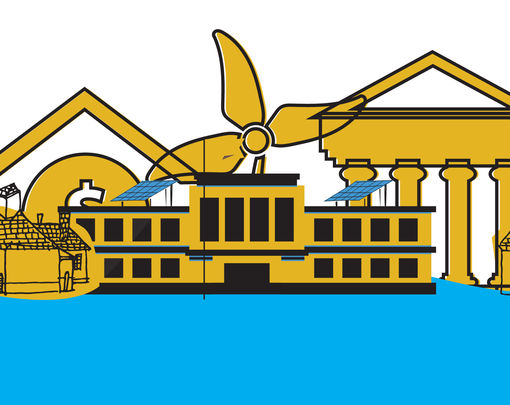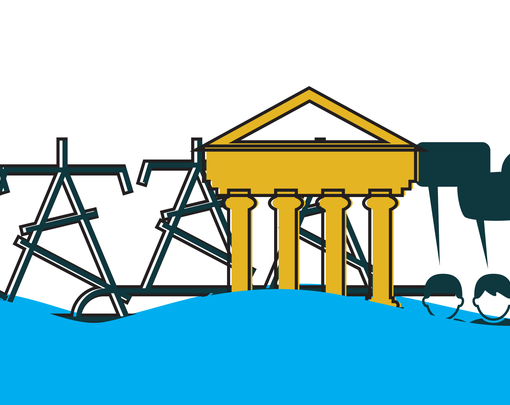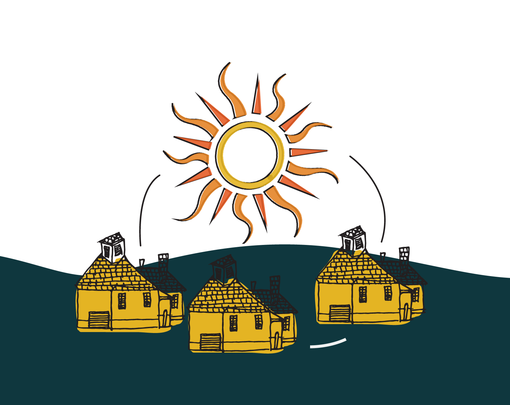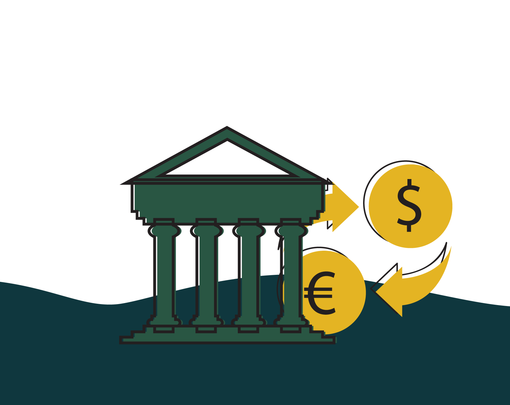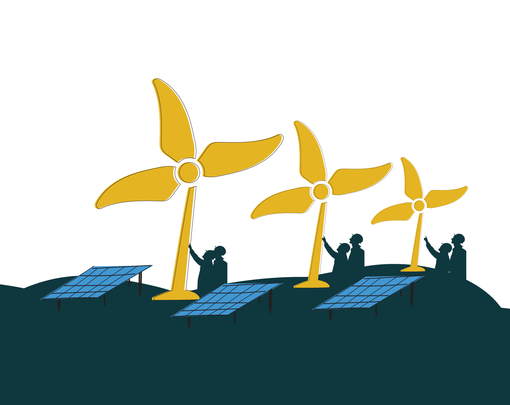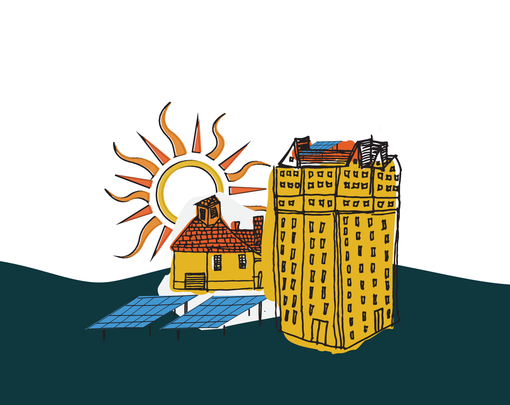The Center for Social Inclusion’s model for a place-based, participatory entity to channel investment into green energy projects that directly benefit marginalized low-income communities and communities of color. Basically a refinement of the Sustainable Energy Utilities, combining public bonding authority with participatory democracy, and a more explicit politics and a tighter focus on moving capital into undeserved communities.
Policy Support:
Requires legislation to establish and capitalize. Also requires sources of operating funds as well as alignment of other subsidies and financing possibilities.
Build Capacity?
Yes. The EID is designed to do so, from the ground up, with explicit inclusion and participation mechanisms. The place-based nature facilitates deep long-haul organizing at the community level.
Risk & Drawbacks?
Lots of moving parts—political, financial, and organizational—must be assembled and aligned in order to create EIDs. Challenge with keeping communities, not technical infrastructure, foregrounded.
Inspiring Examples:
States like Ohio, Arkansas, and Connecticut have created energy improvement districts that operate in a similar fashion to EIDs, but lack an explicit focus on minority and low-income communities. They also lack community councils to provide mechanisms for popular oversight and participation.
